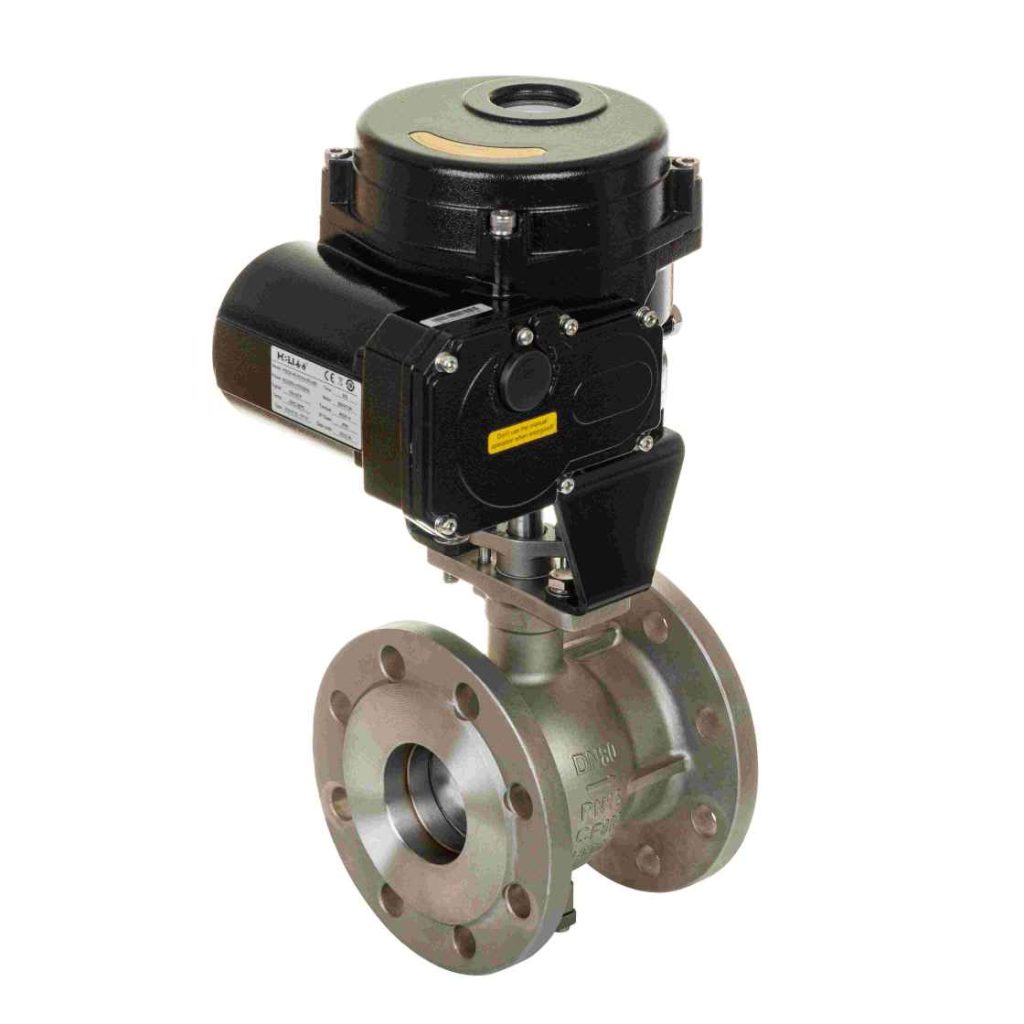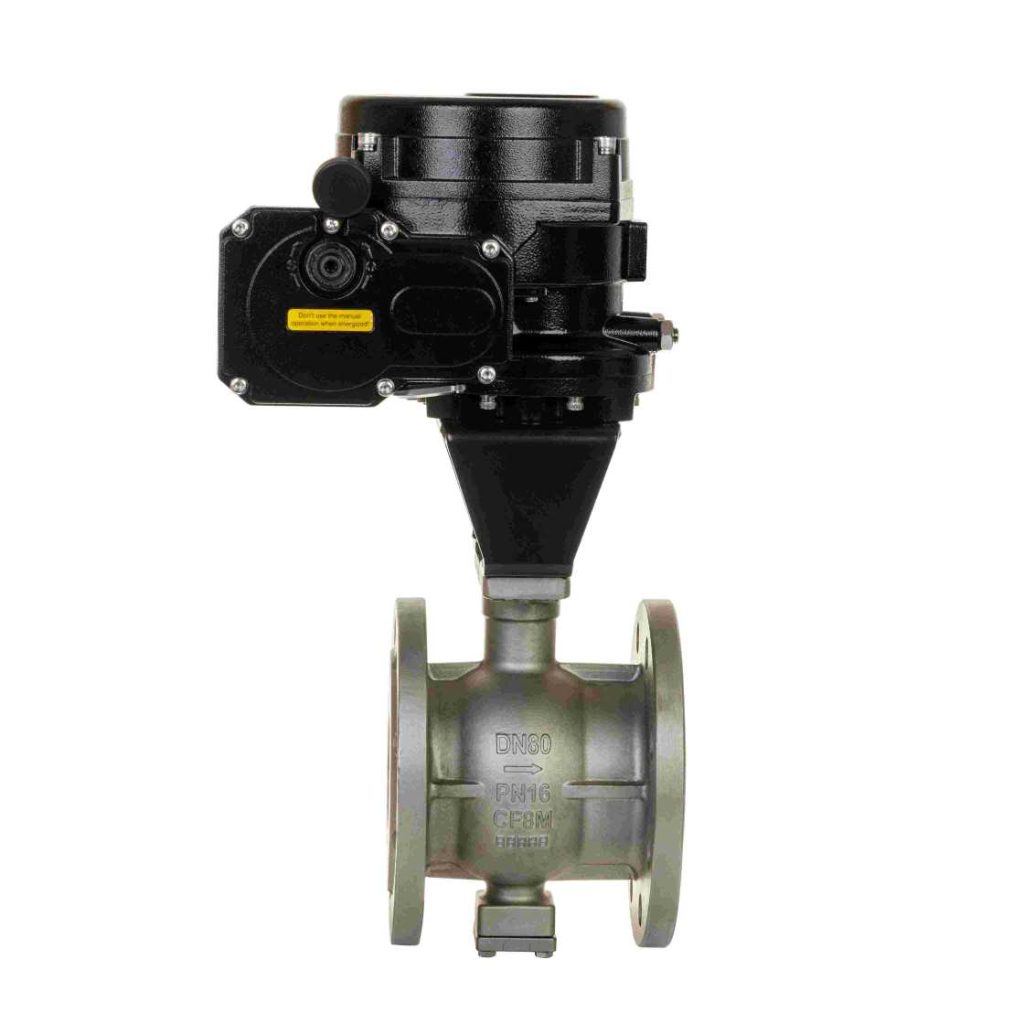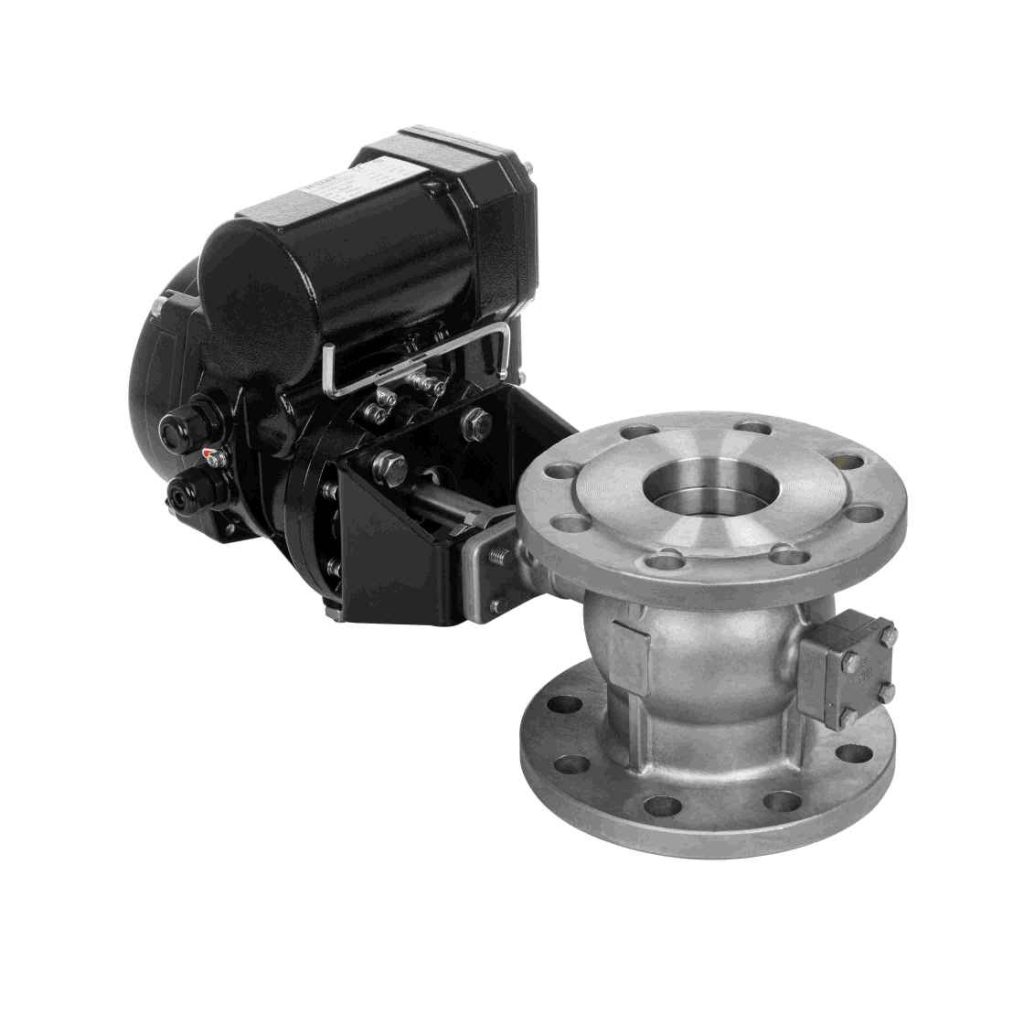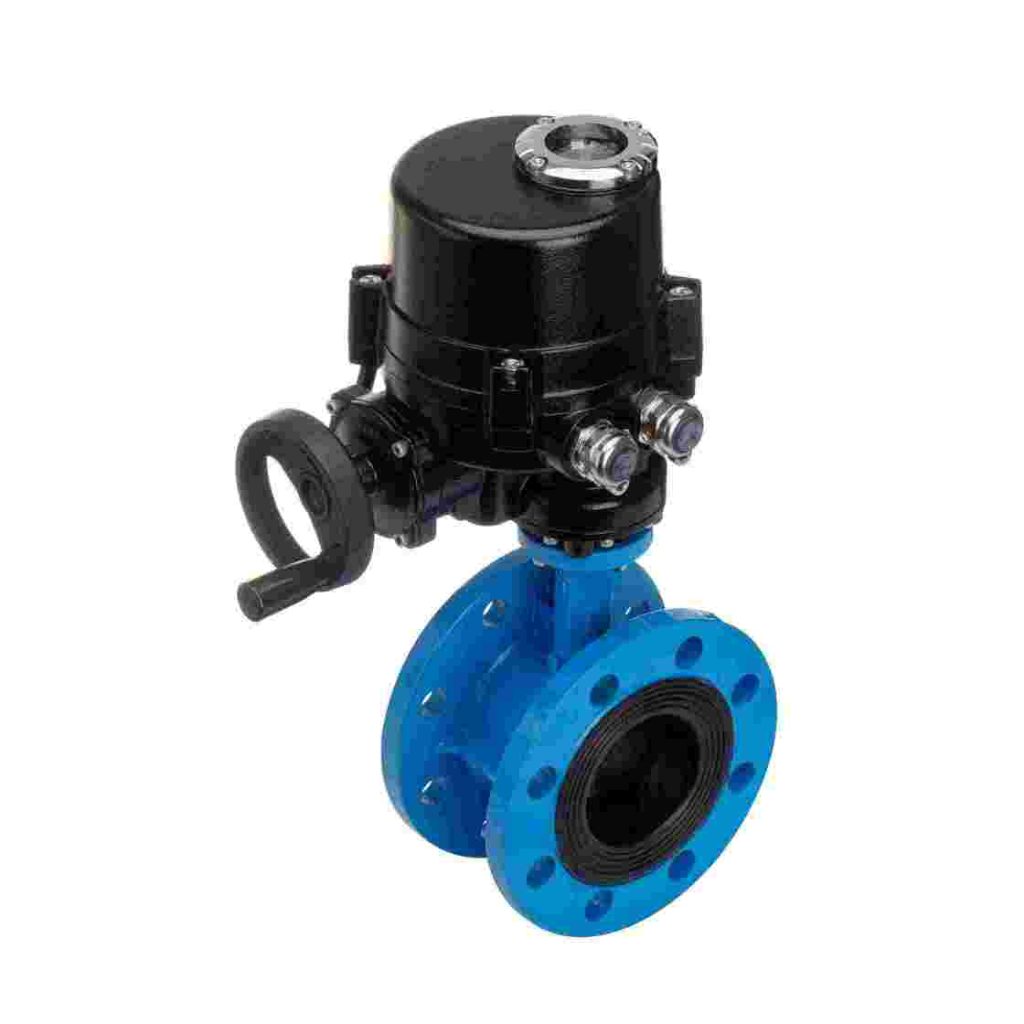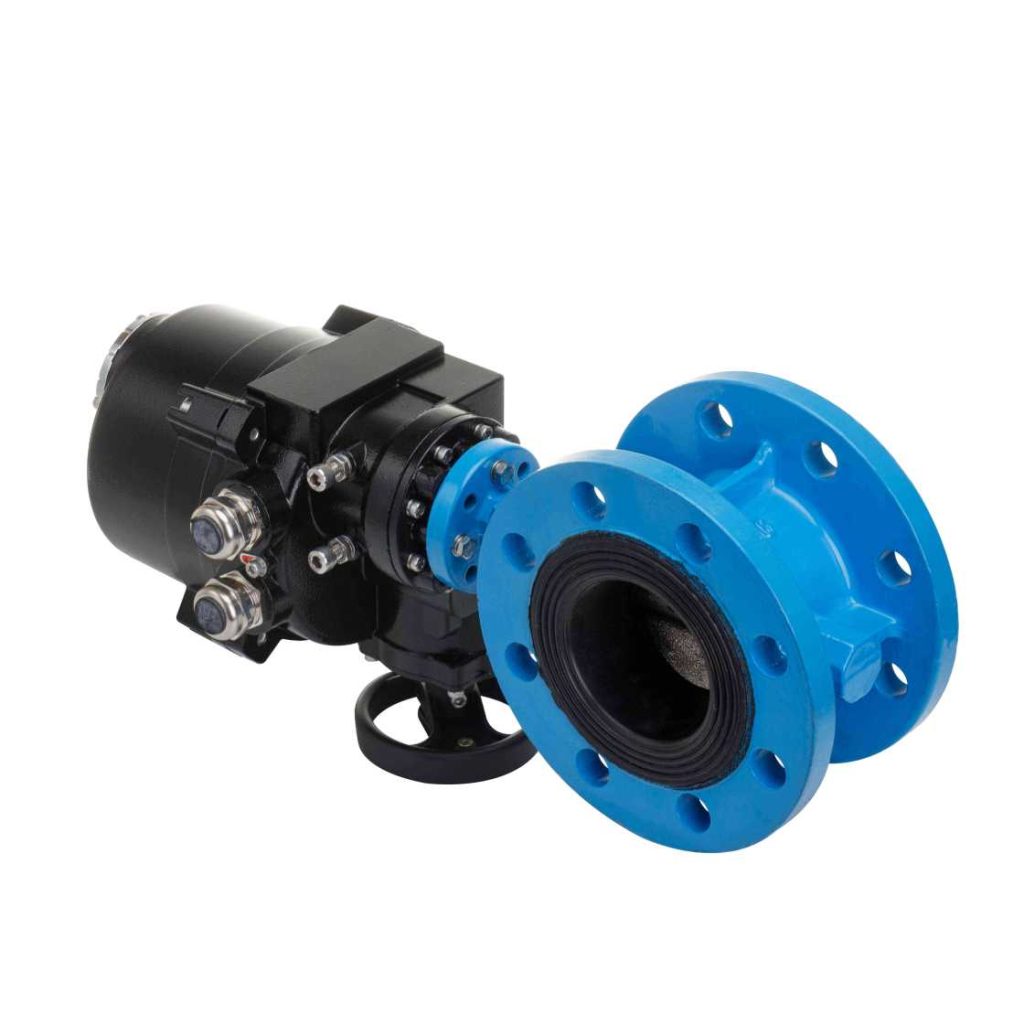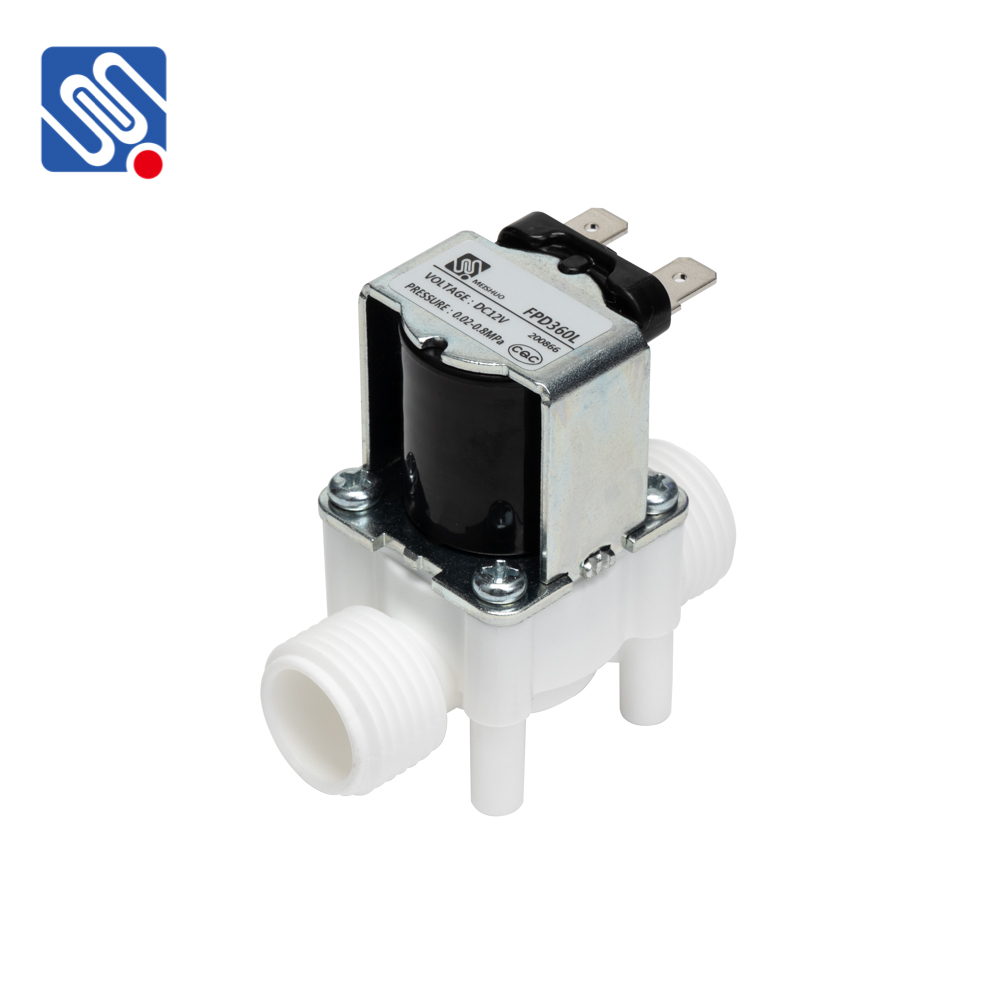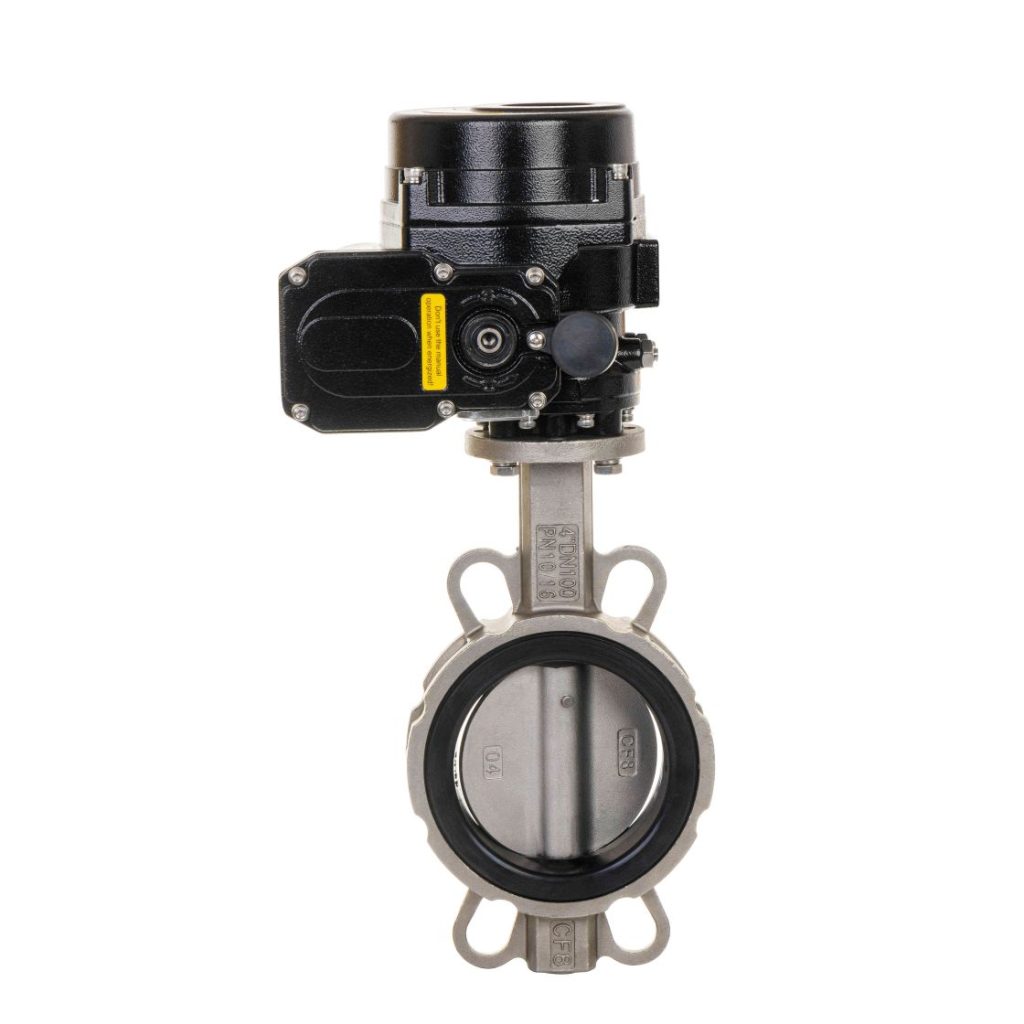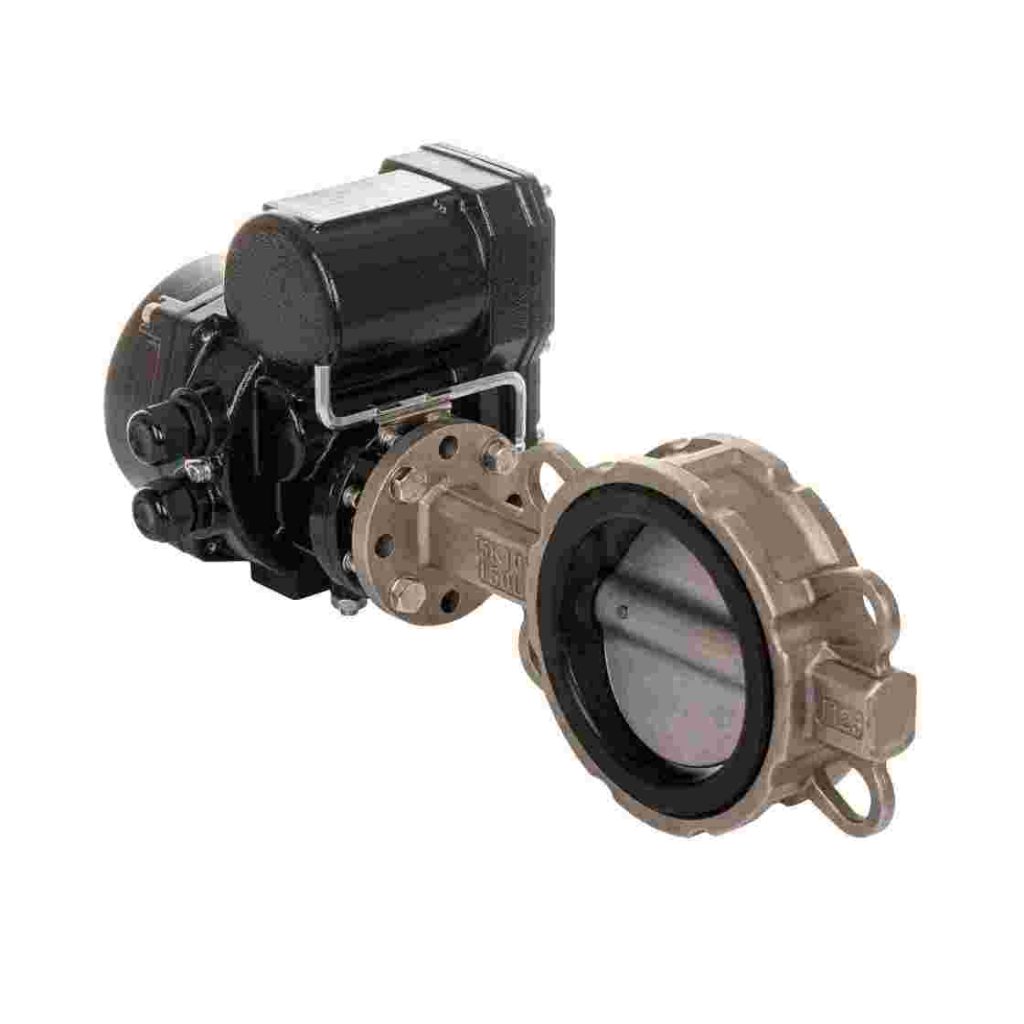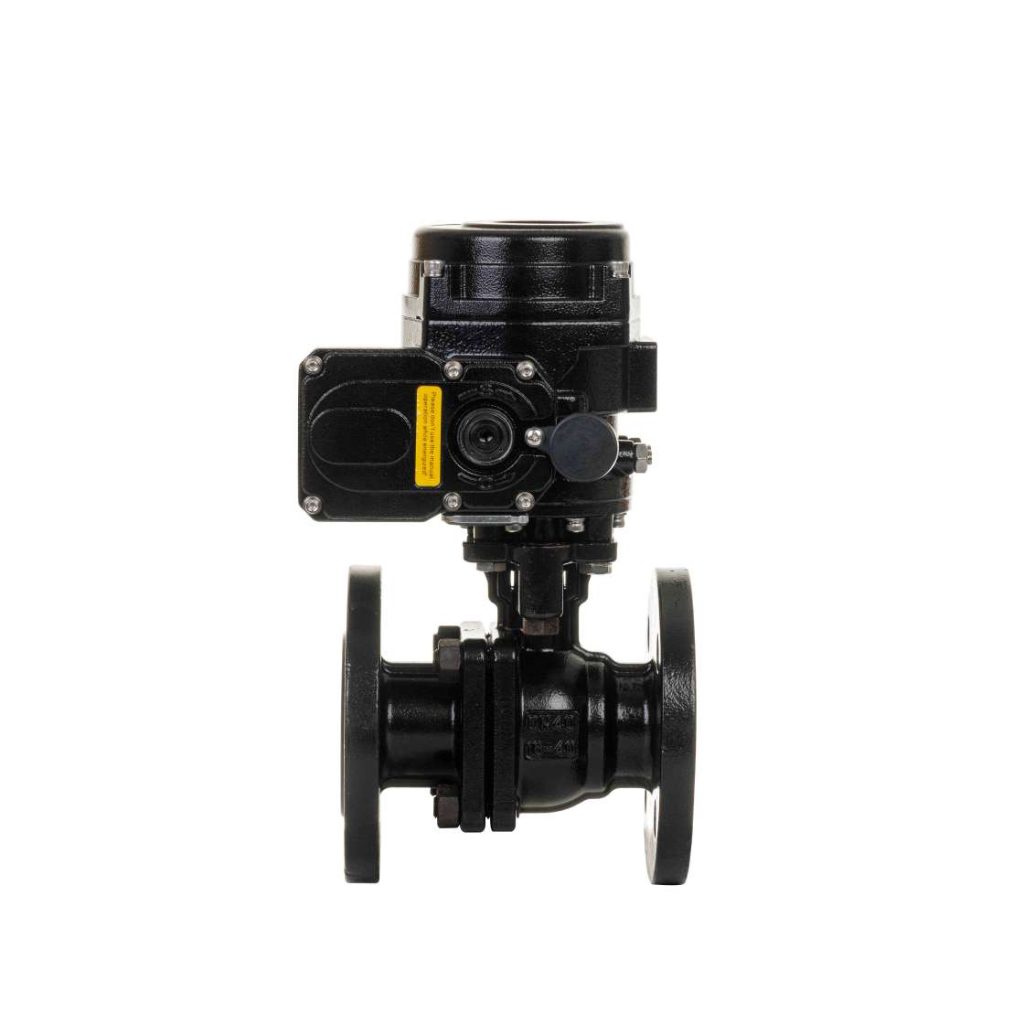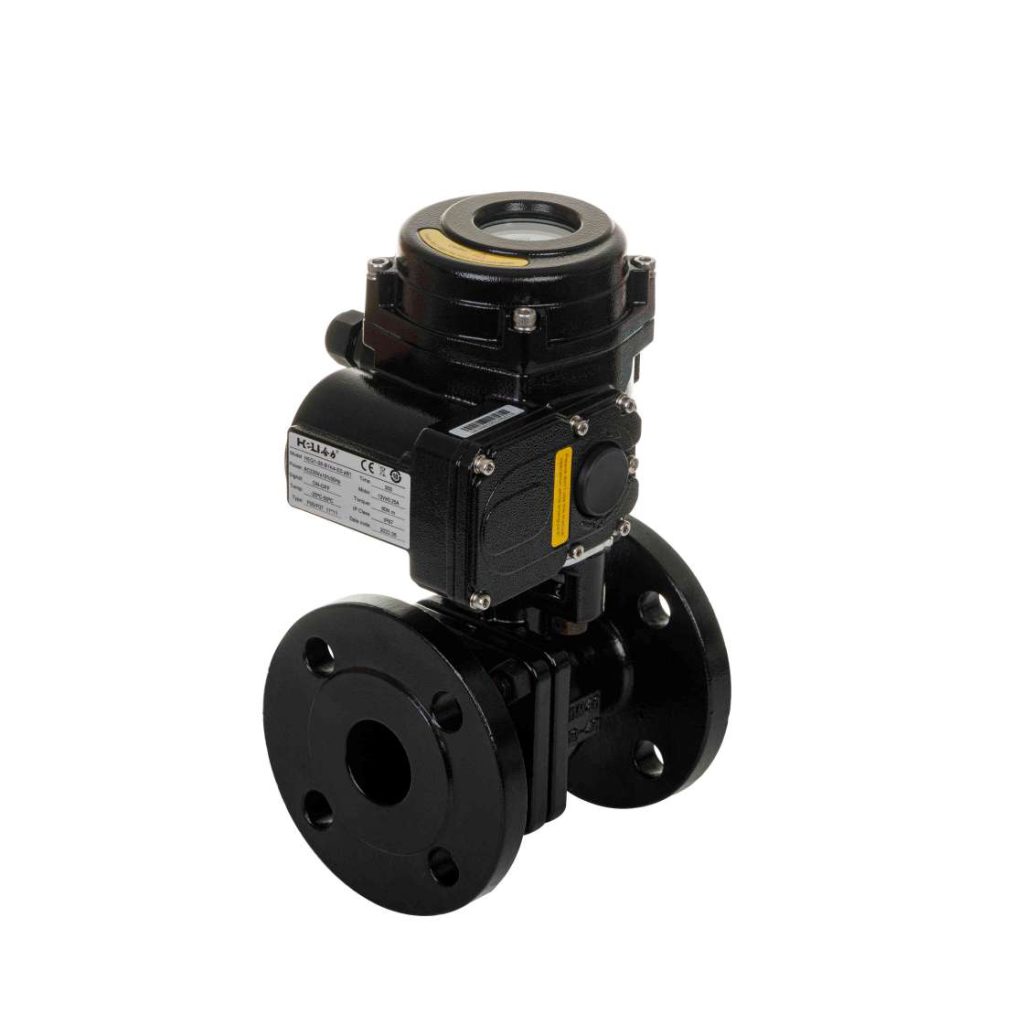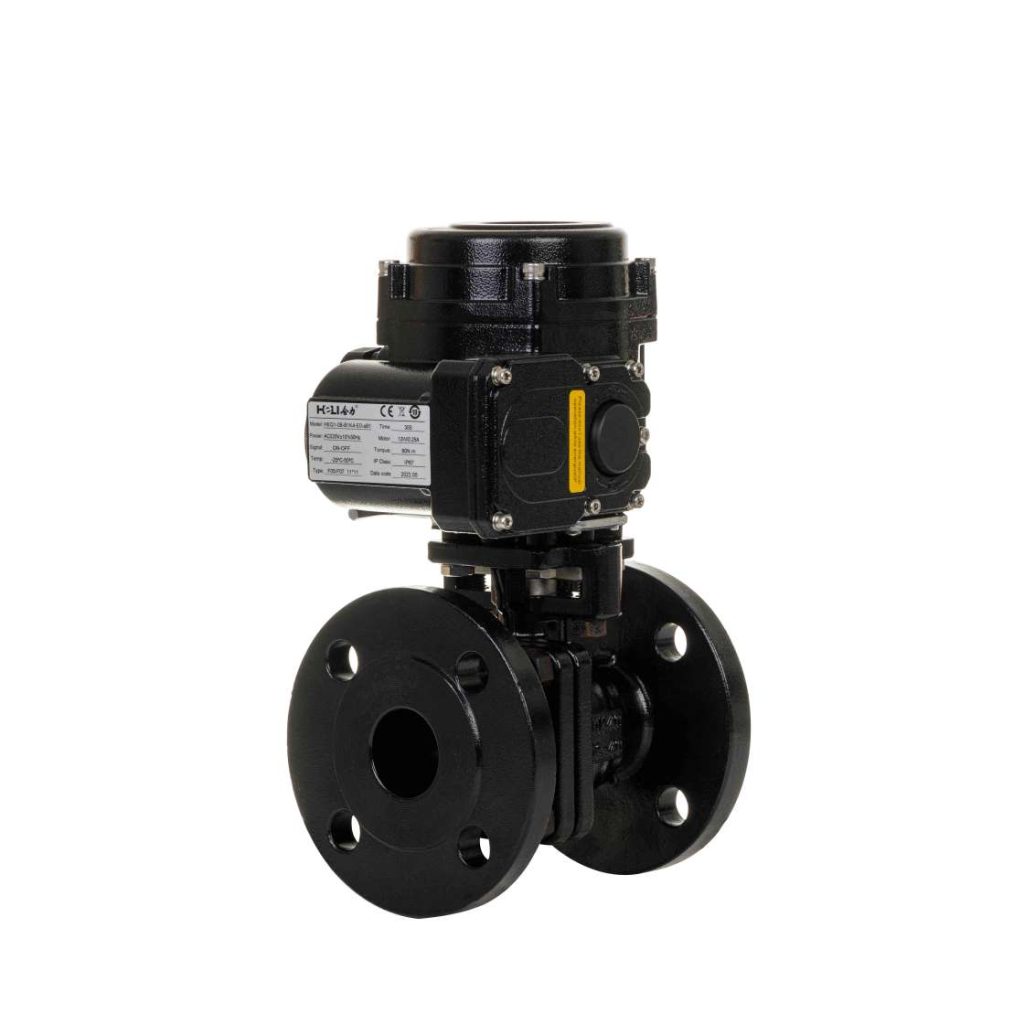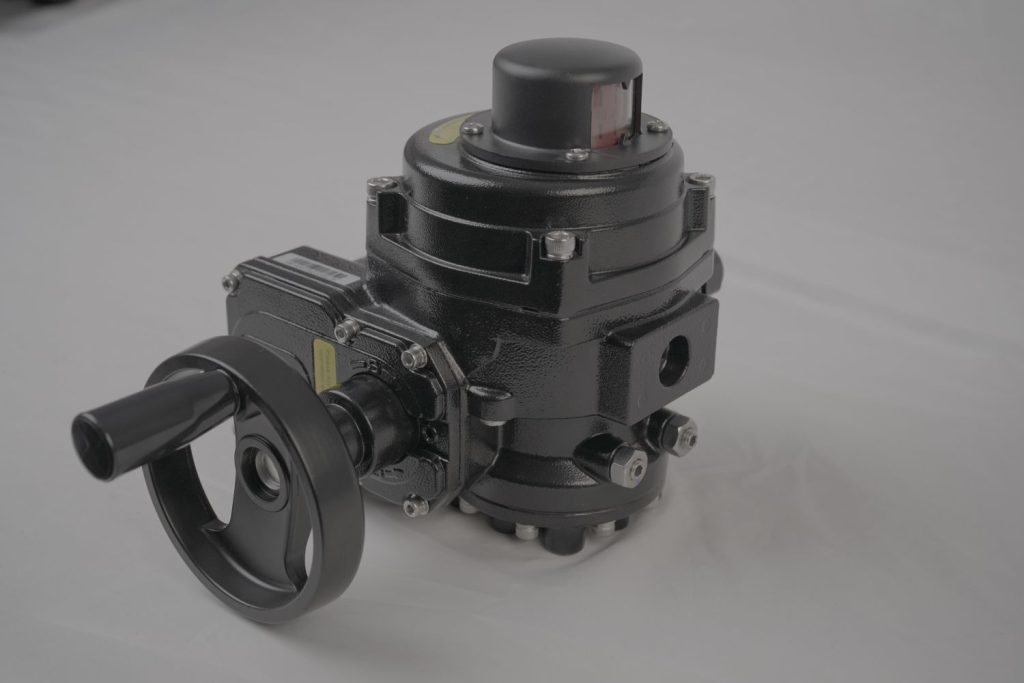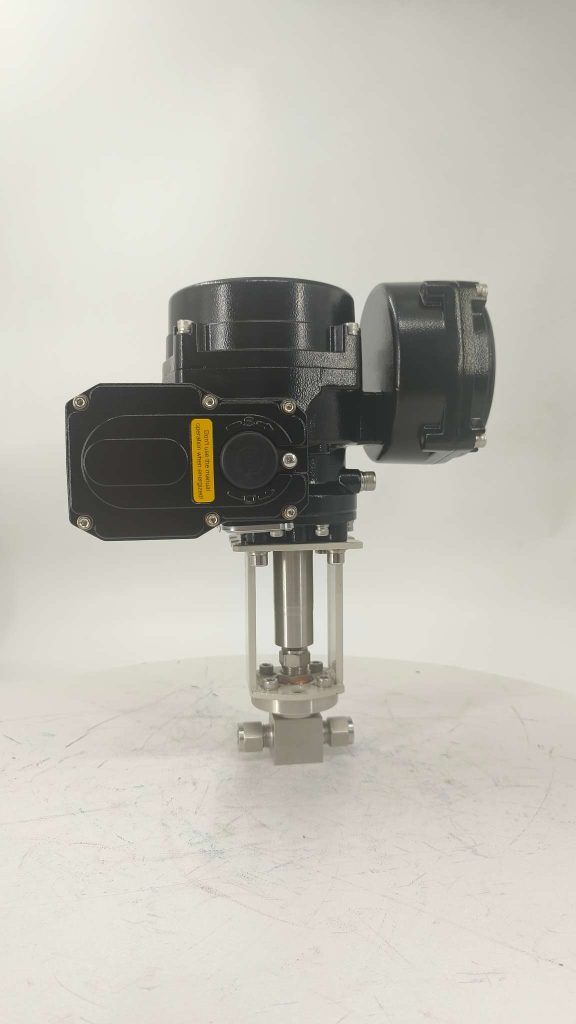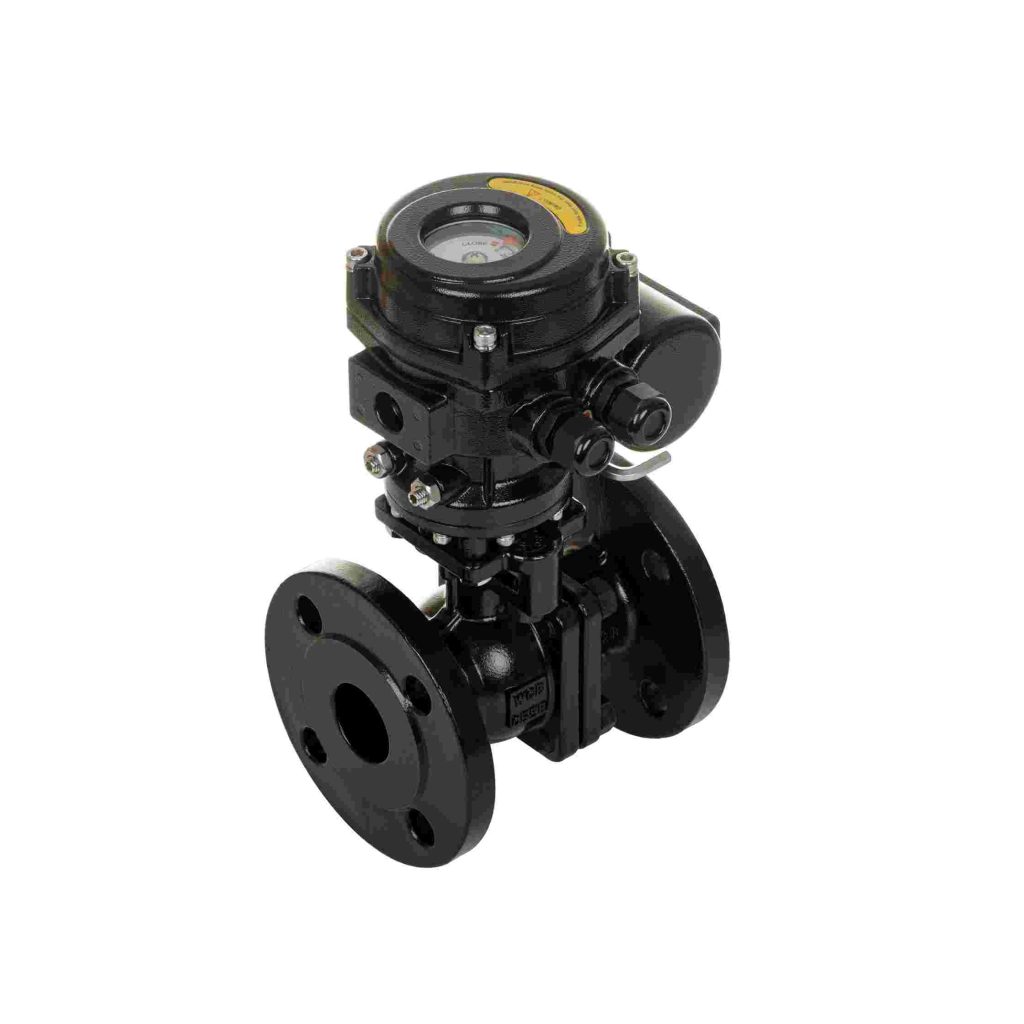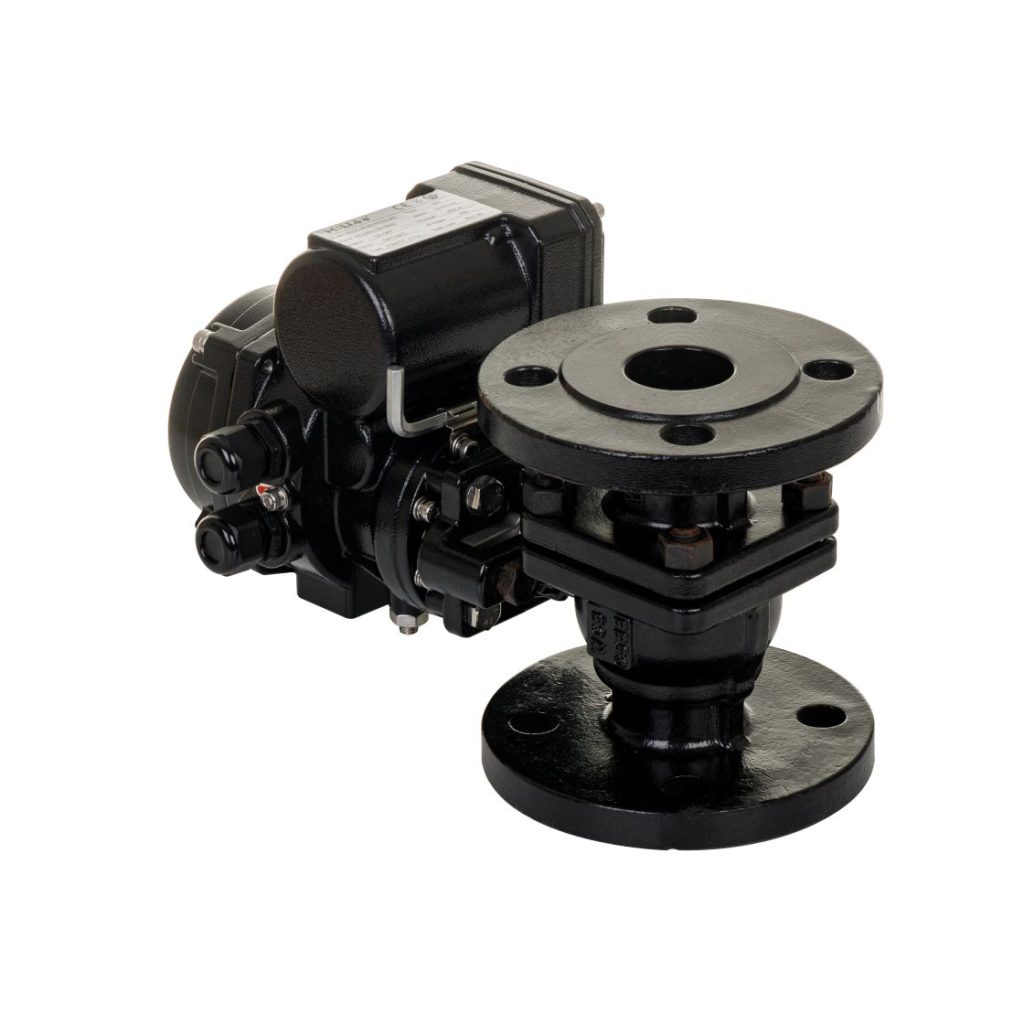Relay isolation plays a critical role in modern electrical and electronic systems, providing a crucial layer of protection and control between various circuit components. As technology advances and electrical systems become more complex, understanding the importance and functioning of relay isolation is essential for ensuring the safety, reliability, and efficiency of electrical devices. This article delves into the concept of relay isolation, its applications, and its benefits in different systems.

What is Relay Isolation? Relay isolation refers to the separation of electrical circuits through the use of a relay. A relay is an electrically operated switch that enables low-power control signals to operate high-power electrical circuits. The key feature of a relay is that it provides electrical isolation between its control (input) circuit and the load (output) circuit. In simpler terms, it allows the control circuit to remain unaffected by the high voltage or current that may be present in the load circuit, thus protecting the sensitive components in the control circuit from electrical disturbances.
